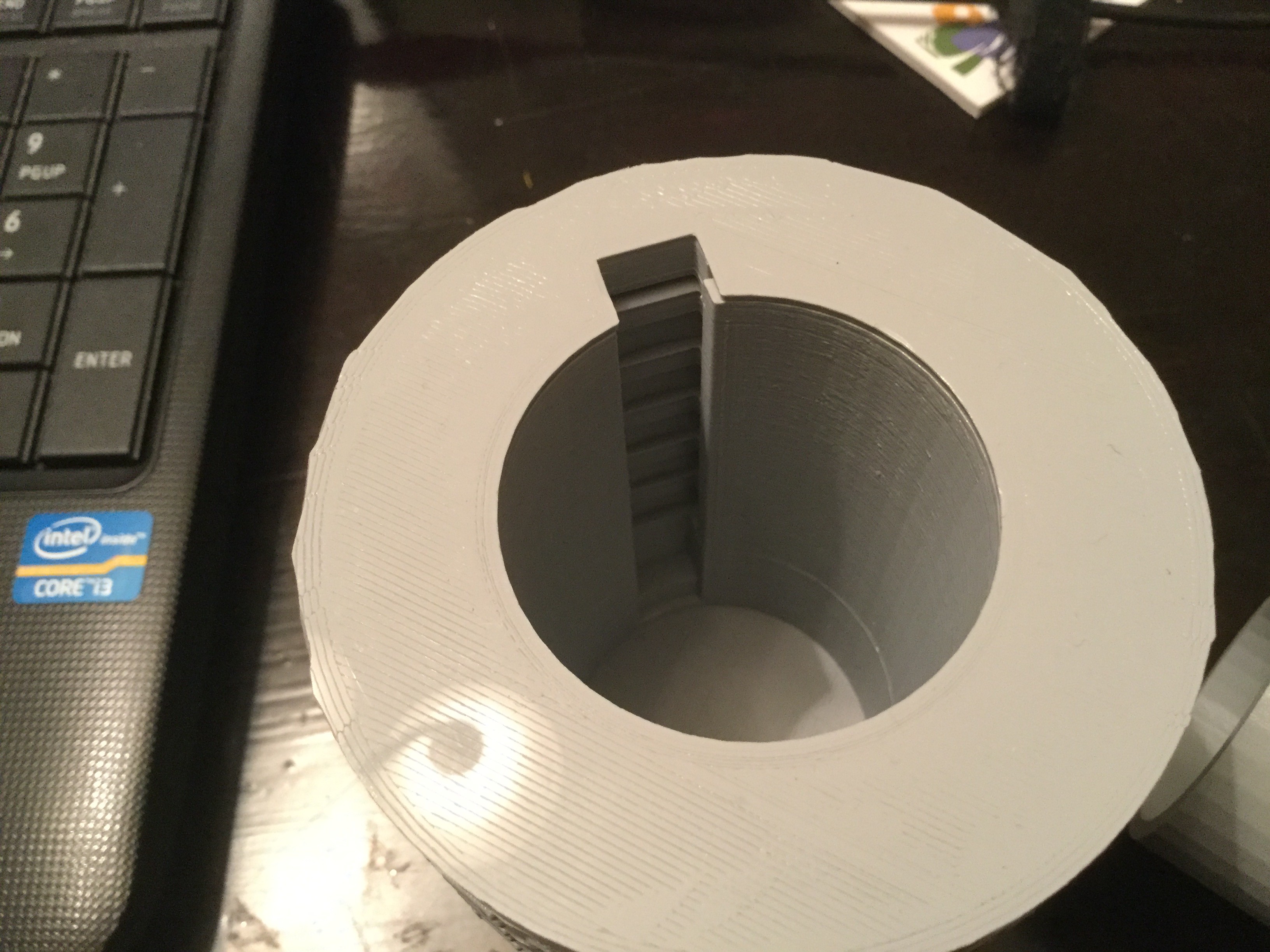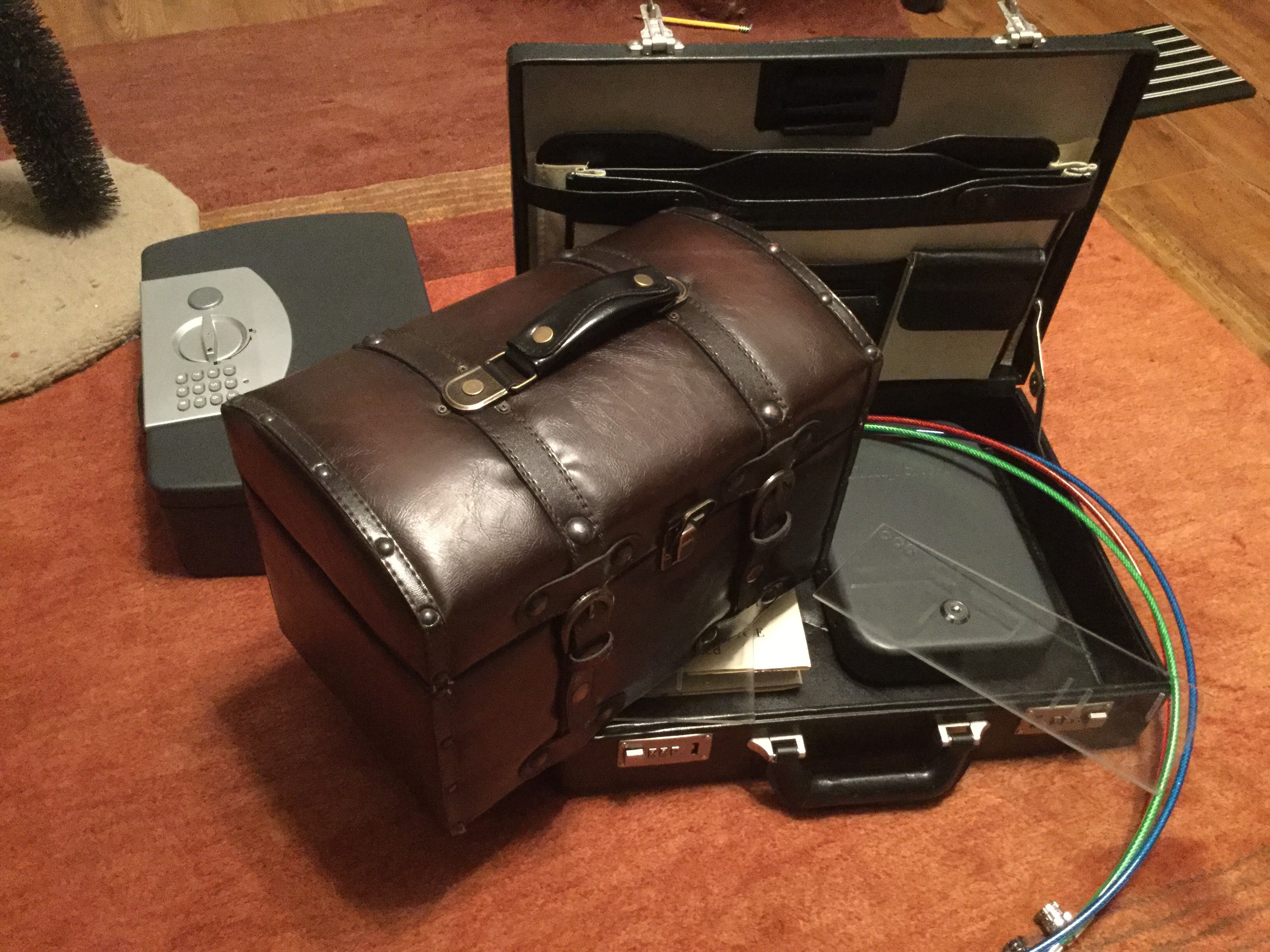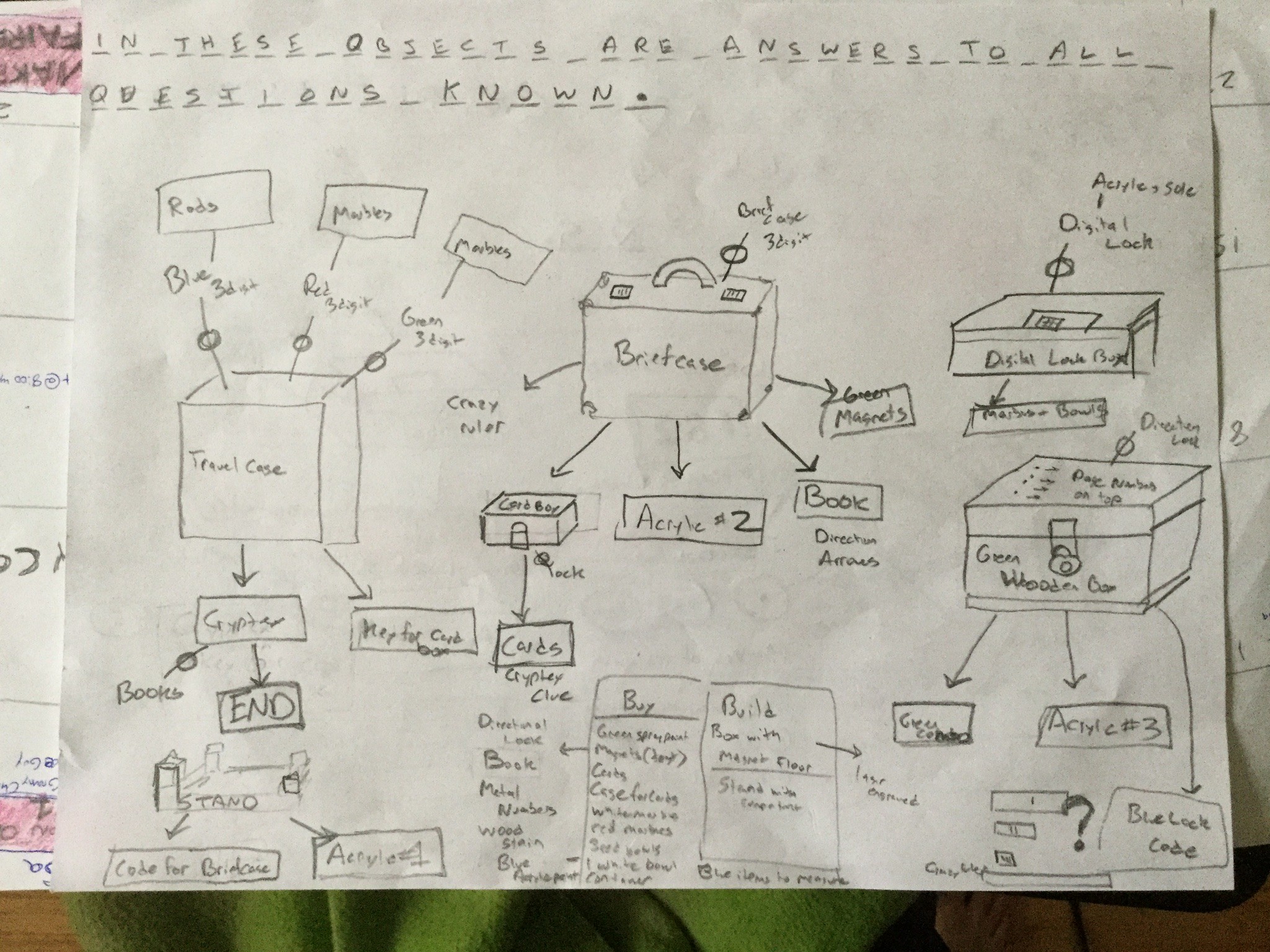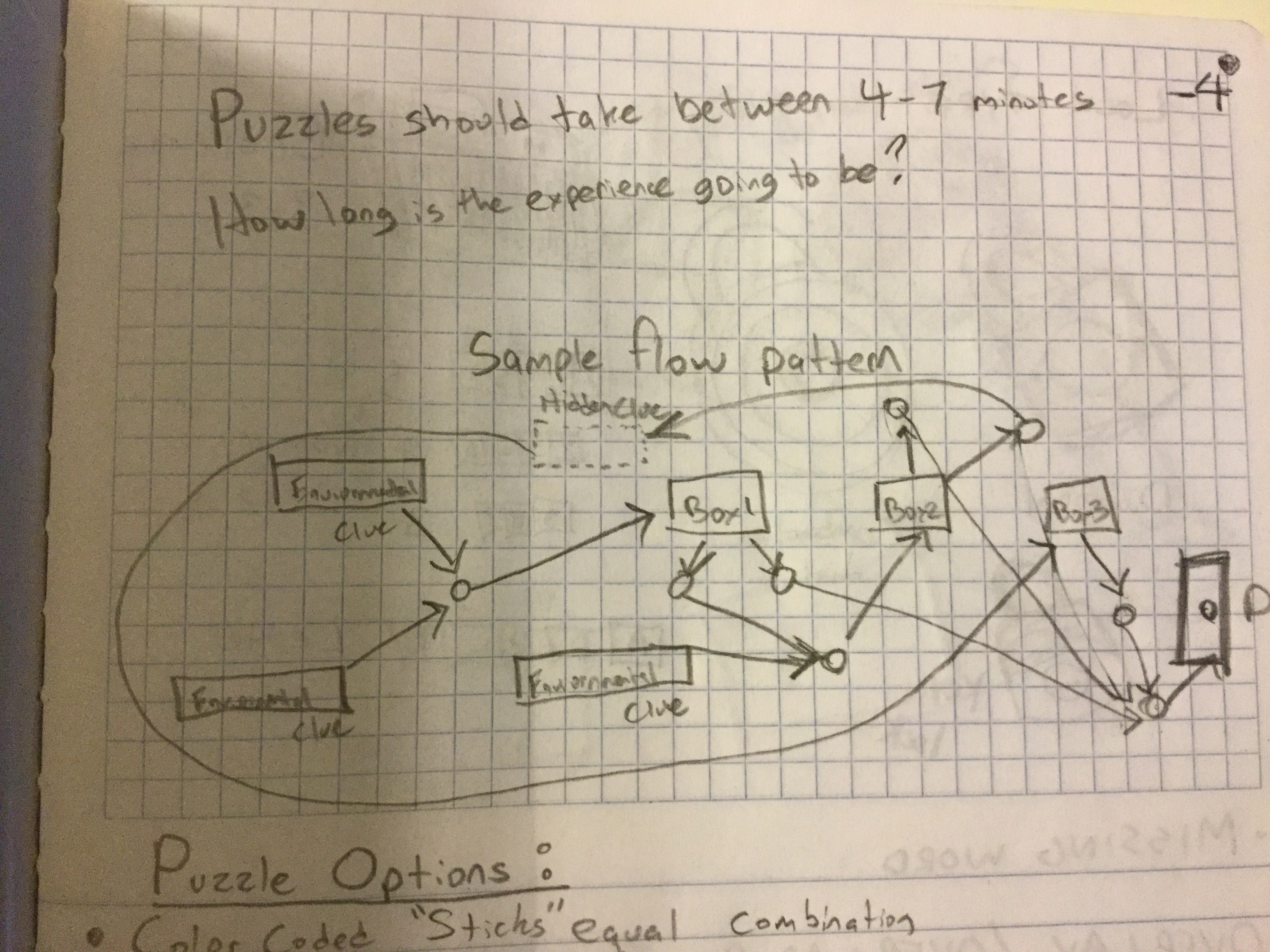I am taking the next three months to develop an escape room for elementary school students. The scope of my project is to create a functional room for academically gifted fifth grade students as well as typically performing second-grade students. The escape room will need to be portable, interesting, and curriculum linked.
Educational Escape Room
I am designing an escape room for elementary school students that is semi--modular and curriculum linked.
 Chuck Buckley
Chuck Buckley




You will need to subscribe to a visit to such a room. I am sure this will be an interesting stage that will help me learn the working methods of Sherlock Holmes. But first, I have to subscribe to the site https://essayexplorer.com/review/paperrater/ since I am grateful to them for having advised me to read at first review and then choose this site or not Paperrater. They have many more different reviews about online sites for students.